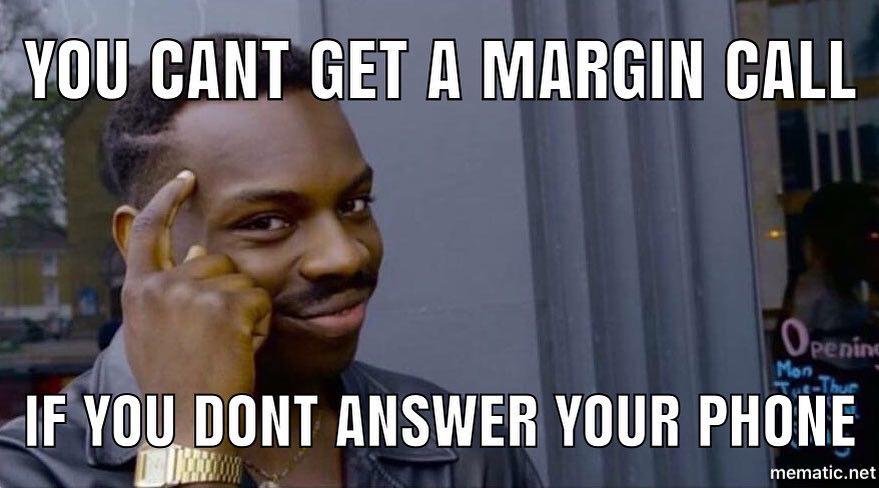When trading with leverage, understanding the concepts of ‘margin call’ and ‘stop out’ is crucial to managing your risk.
Here’s what these terms mean and how they would apply to your broker example with a 50% margin call and a 30% stop-out.
Margin Call
A margin call occurs when the equity in your trading account falls below a certain percentage of the margin required to maintain your open positions. In your case, with a 50% margin call, this means:
- Equity is your account’s total value (including your deposited funds and the unrealised profits/losses from your open trades).
- Margin is the money your broker requires to keep your leveraged positions open.
When the equity in your account drops to 50% of the required margin, you will receive a margin call. This is a warning that you need to either:
- Deposit more funds into your account.
- Close some of your positions to reduce the margin requirement.
If you do not act after receiving a margin call, your equity could continue to fall, which may trigger a stop-out.
Stop Out
A stop-out level is when your broker automatically closes your positions to prevent further losses. In your case, with a 30% stop out:
- If your equity drops to 30% of the required margin, the broker will close your open positions, starting with the most unprofitable ones.
The stop-out is designed to protect both you and the broker from significant losses. If the market moves against you and your equity falls to this level, the broker will automatically reduce your exposure to the market by liquidating positions.
Example
Let’s say you have $10,000 in your trading account and open a leveraged position that requires $2,000 in margin.
- Margin Call Level (50%): If the equity in your account falls to $1,000 (50% of the $2,000 required margin), you will receive a margin call. This is a warning that you must add funds or close some positions to bring your equity above this level.
- Stop-Out Level (30%): If your equity falls to $600 (30% of the $2,000 required margin), your broker will automatically close your positions to prevent further losses.
Reply
